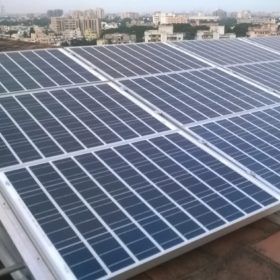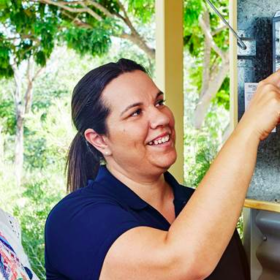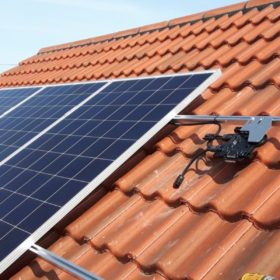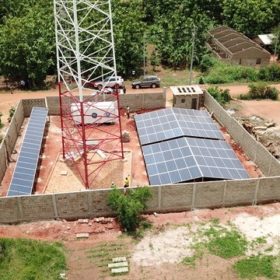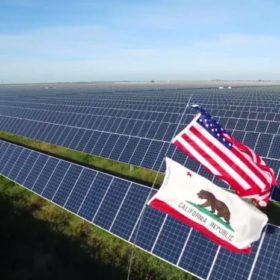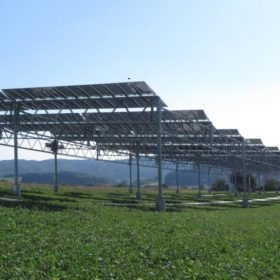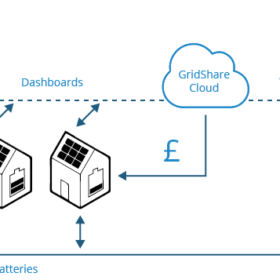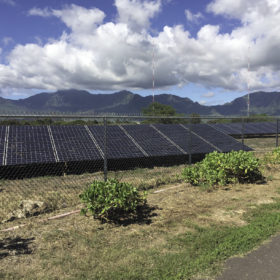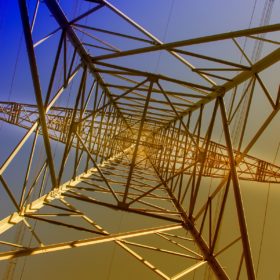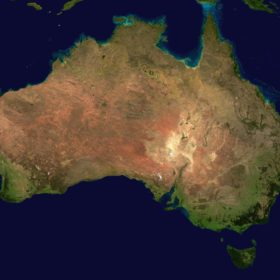World Bank to support efficient, clean cooling in developing countries
By 2050, energy use for cooling is projected to triple, according to the World Bank. And by 2050, demand for cooling in countries such as India, China, Brazil and Indonesia will grow fivefold, putting pressure on already strained energy systems and hampering efforts to curb climate change.
Western Australian utilities roll out advanced meters
A total of 238,000 advanced meters will be installed by utility Western Power on the state of Western Australia’s South West Interconnected System over the next three years. The move will unlock the benefits of a technology that gives consumers more control over their energy use. In another rollout, Horizon Power has made paying for power easier for 11 Aboriginal communities across the state.
California is learning to trust 100% residential solar power
California utility PG&E has tested levels of residential solar power up to 100% penetration, and how to mitigate the effects of voltage and thermal overload via smart inverters and traditional transformer and circuit upgrades — with smart inverters shown to allow for up to 100% penetration at cost-effective pricing.
Bboxx presents new micro-grid solution in Togo
The “next-generation” utility has presented a micro-grid at a Togolese village. The concept can be reproduced and power schools, small businesses and homes alike. Even an internet connection is part of the project. Despite the World Bank and other institutions reaching out to provide capital for electricity supply, Germany-based Mobisol GmbH is currently in self-administered insolvency proceedings.
California just made more clean energy than it needed
The state grid operator has shown that for most of the period between 1:50 PM and 3:05 PM on Sunday, more carbon emission-free electricity than users demanded was generated in its region.
Agro PV raised efficiency of land by shielding crops from harsh sunlight
Germany’s Fraunhofer Institute for Solar Energy Systems has demonstrated combining solar generation with agricultural activity is now not only viable at lower costs, but may be particularly suitable for arid regions.
Moixa to build virtual power plant as first phase of UK smart energy project
The storage supplier will set up a mixed-asset virtual power plant that will initially aggregate up to 2 MW of capacity as the first phase of a planned smart local energy system in southern England. Moixa aims to eventually scale the VPP up to 17 MW.
Battery group unveils online map of global storage installations
The Consortium for Battery Innovation has produced an interactive, online map highlighting the location of lead-battery storage installations worldwide.
California’s solar power record setting season is here
The state grid operator reported breaking 11 GW of instantaneous power from large scale solar on Saturday at 1.50pm. Just 20 minutes earlier, the CAISO grid was exporting a record 1.5 GW of electricity, and last Wednesday it hit 93% clean electricity for a moment.
High energy prices set to drive 2 GW of rooftop PV in Australia this year
First-quarter data from Green Energy Markets shows double the uptake of small-scale rooftop solar on the same period last year as record numbers of residential and business consumers seek to reduce electricity bills. A tendency for installations to increase toward the year end suggests more than 2 GW of solar will hit the rooftops this year. But could this become a cautionary tale?
